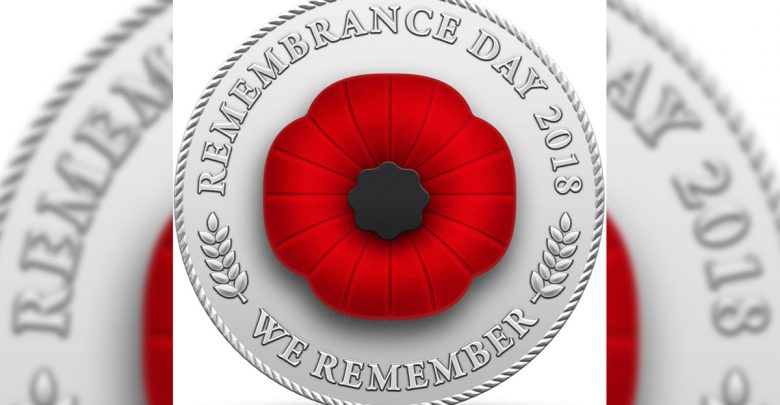 Digital Poppies
Digital PoppiesIf you’re sick of being pricked by your Remembrance Day poppy, a magical solution is here for you. Unfortuantely, it’s still got all of the same baggage that your old plastic one did.
The Canadian Legion has introduced digtal poppies for this year’s Remembrance Day. These poppies, made to resemble badges, are customizable, with the front portraying your name and the back portraying the name of who you’re remembering.
Once the donation is complete, people can save their poppy onto their device or share it on social media. Prominent Canadians such as author Margaret Atwood, 2015 Mrs. Universe Ashley Callingbull, and hockey personality Don Cherry have their digital poppies prominently displayed on the Legion’s website.
Now, to most young people, the idea of donating money for what essentially amounts to a .jpg of a poppy is laughable. Nonsensical. Even with the ability to customize your poppy with a dedication to a specific veteran, why even bother? It seems like a bizarre, out-of-touch move by the Canadian Legion to get young people to participate more in Remembrance Day.
The question of customization, however, opens up a few cracks regarding the poppy tradition. Why can’t we also customize the poppy’s colour? After all, in the UK, white poppies have emerged on the lapels of British citizens alongside the traditional red. Red poppies are meant to recognize veterans, as well as those who lost their lives in the service of the military. White poppies, on the other hand, signify anti-war and pacifist sentiments, as well as point to the remembrance of civilians killed in arm conflicts.
This last point especially important given high civilian casualty rates in war: World War I had a rate of around 44 to 49 per cent, while the war in Afghanistan has had a rate of 39 per cent.
While white poppies are meant to be complementary to and are often worn with their red counterparts, the Canadian Legion has called them “disrespectful to veterans.” In 2010, they threatened to sue Prince Edward Island-based group VOW Peace for distributing white poppies, partially because of this perceived disrespect, but also because of what they saw as copyright infringement, as the Legion holds the trademark on the Remembrance Day Poppy. VOW Peace, after attempting to resolve the conflict, eventually backed down after the Legion refused to budge.
It seems that the Legion are awfully protective of the trademark, and rightfully so — such a symbol of remembrance could indeed be easily abused for those with less-than-altruistic intentions. But why be so protective about your symbol promoting pacifist causes? Money from Canadian white poppy donations, like the ones from Vancouver-based Peace Poppies, goes to the Peace Pledge Union in the UK, which develops educational resources and programs about peacemaking and pacifism. Such efforts surely deserve funding; war doesn’t have to be thought of as inevitable, and this kind of education will help people question uncritically supporting militaristic atmospheres and cultures at home and beyond.
They were first worn in 1933 by the Women’s Co-operative Guild to symbolise a message of “no more war”. Do you think those women, whose lives were so devastated by WW1, were mere attention seekers? #whitepoppy
— Bernadette Meaden (@BernaMeaden) October 23, 2018
With the trademark, the Legion also states that they’ve been tasked with “protecting [the poppy] from misuse and commercializing.” And while all the proceeds from their Poppy Store do go towards supporting veterans, they’ve certainly done some interesting commercializing of their own, selling poppy-themed jewelry, candles, ties, and the like. Does the sacred symbol of the poppy lose its aura when it’s slapped onto a watch? I guess the answer is no.
The act of striving for peace, as well as honoring those who have fought for the semblance of peace we have now, don’t have to be incompatible. The Legion shouldn’t be so monopolistic on the meaning of the poppy; as a symbol, it should be able to have multiple complementary interpretations, all focused on remembering and learning from the horrifics of war.




